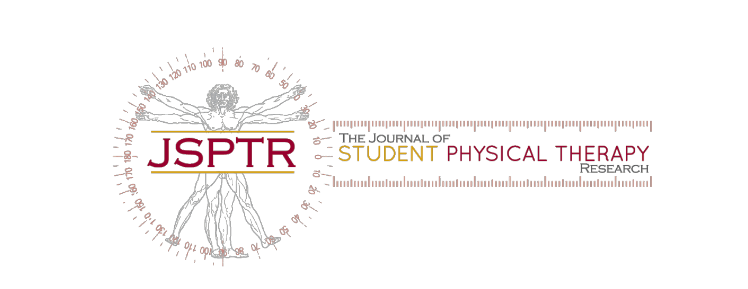The Immediate Effects of Prophylactic Therapeutic Massage on Pain Tolerance and Threshold: A Crossover Study
Kyle Knight, PT, DPT, OCS1; Erin Napier, PT, DPT1
1The University of Kentucky Physical Therapy Department
Abstract
Study Design: Crossover Study
Background: This study is meant to determine the immediate effects of therapeutic massage on pain tolerance and threshold.
Methods: Fourteen subjects were recruited from a sample of convenience. Subjects were randomized to have either the “massage” or “no-massage” protocol on their initial visit with the remaining protocol on their following visit. All subjects completed two sessions of the pain-eliciting test, one with the massage protocol and one with the no-massage protocol.
Results: All 14 subjects achieved a higher pain tolerance during the massage protocol compared to their own no-massage protocol. The pain tolerance difference between protocols was calculated by a Wilcoxon Sign Ranked Test to be of a significant difference. No significant difference was found for pain threshold between protocols.
Discussion: It appears that therapeutic massage does have a likelihood of increasing pain tolerance when subjects are submitted to a painful stimulus immediately post-massage. This study validates the use of therapeutic massage as an adjunct treatment to improve pain tolerance before a potentially painful procedure.
Conclusion: Prophylactic massage was shown to allow healthy participants to achieve a higher pain tolerance when subjected to a pain-eliciting test immediately after the massage was received.
The Effect of Language Barrier on Physical Therapy Treatments of Two Patients Post Shoulder Surgery: A Case Study
Heidi L Heffner, PT, DPT1; Deborah M Wendland, PT, DPT, PhD1
1Mercer University, Dept. of Physical Therapy and College of Health Professions
Abstract
Study Design: Case Study
Background: It is common in physical therapy practice to encounter language barriers between patients and therapists. Language barriers challenge effective communication, thereby hindering optimal patient outcomes. Some of the barriers to treatment with a language barrier include difficulty providing information and instructions, longer time to develop rapport, and issues with treatment compliance.4 There is little to no available research on language barriers and its effects on physical therapy practice and patient outcomes.
Case Description: A patient with limited English proficiency (patient A) was a 53-year-old Vietnamese female 19 days status-post right biceps tenodesis, rotator cuff repair, extensive debridement of the glenohumeral joint, distal clavicle resection, and subacromial decompression surgery post-MVA treated in an outpatient physical therapy clinic. Patient B, the patient with English proficiency, was a 48-year-old Vietnamese female who presented to the same outpatient physical therapy clinic 13 days post left biceps tenodesis, rotator cuff repair, extensive debridement of the glenohumeral joint surgery post-MVA.
Outcomes: Both patients had approximately the same percent improvement in QuickDASH (Disabilities of the Arm, Shoulder, and Hand) scores over the course of their treatment, patient A 54.5% and patient B 53.9%; however, patient B did so in 6 fewer visits.
Conclusion: It appears that the language barrier could have delayed patient A’s progress likely due to the additional time required for communication and utilization of the interpretation service, and the inability to communicate key information. Physical therapists should utilize all available resources, body language, demonstration, and interpretation services as much as possible to optimize patient outcomes.


